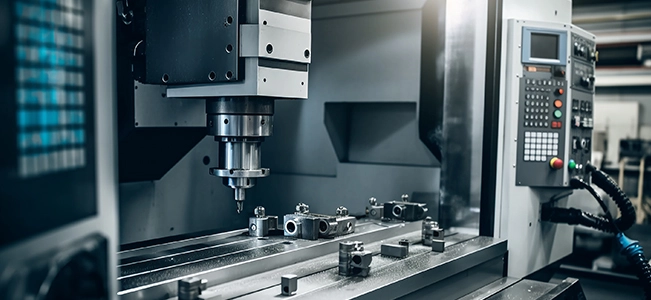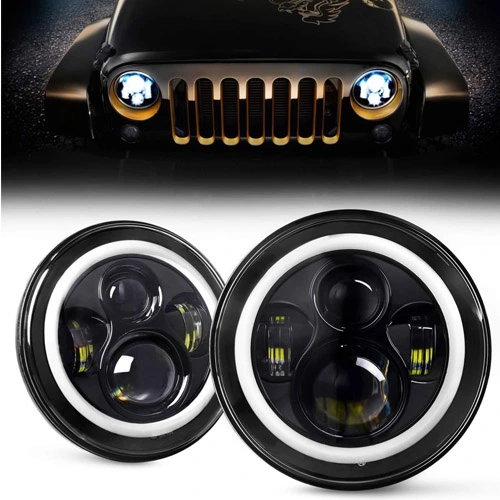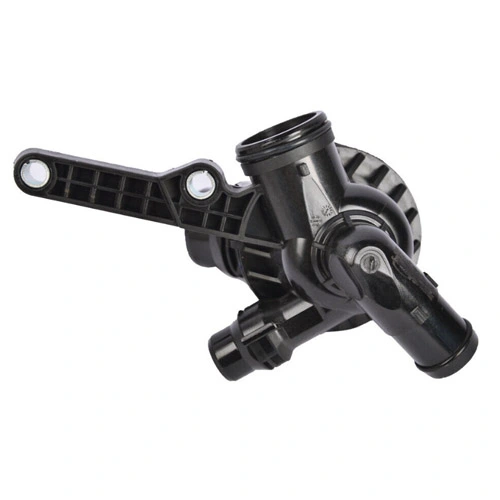Engine plastic casing is typically made from high-quality engineering plastics such as Polypropylene (PP), Polystyrene (PS), Polycarbonate (PC), Polyamide (PA), and Polyimide (PI). These engineering plastics exhibit excellent heat resistance, chemical resistance, strength, and toughness, making them suitable for safeguarding engine internals in high-temperature, high-pressure, and harsh environments. Selecting appropriate materials ensures that the engine casing meets required performance and reliability standards.
Engine plastic casing is manufactured using high-quality engineering plastics, providing a lightweight and durable solution with excellent insulation and soundproofing properties. It effectively protects engine internals from external influences, reduces weight and frictional losses, improves fuel efficiency, and delivers efficient and reliable power support for automobiles.

 English
English  中文
中文  日本語
日本語  한국어
한국어 















